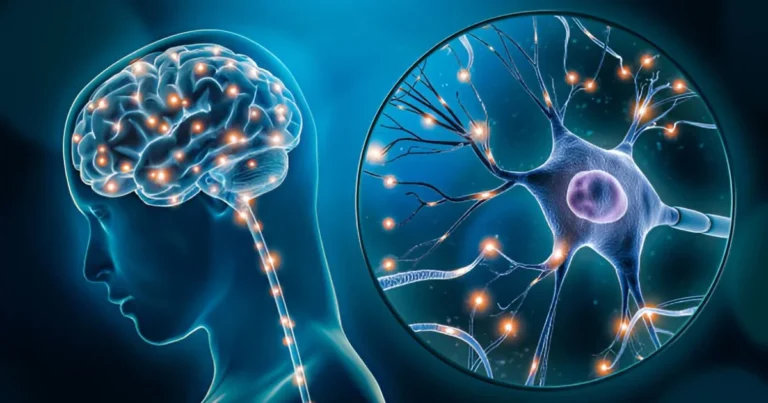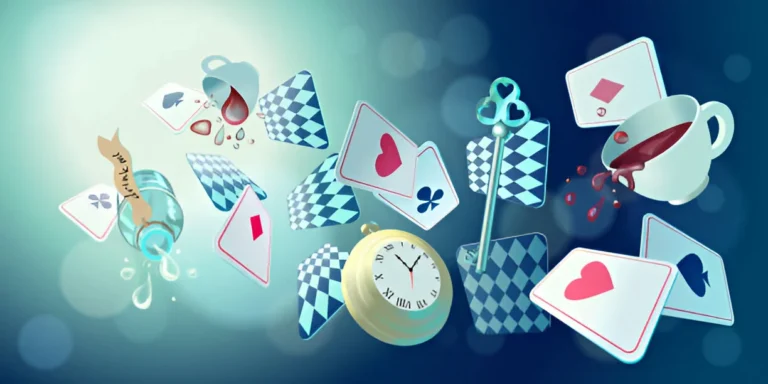When suffering becomes entertainment: From Rhythm 0 to Trash streaming
On August 18, 2025, Jean Pormanove died live on camera after nearly 300 hours of continuous streaming on the platform Kick. At just 46 years old, he unwillingly became a tragic symbol of a disturbing shift in our digital society. For months, he had endured public humiliation, verbal abuse, sleep deprivation, and physical violence at the hands of fellow streamers. His death is not a mere news item, it crystallizes the gradual erosion of empathy in a world where suffering becomes spectacle, and humiliation is turned into a commodity. The Pormanove case forces us to question our ability to preserve an empathic response in an economic and media landscape where human pain becomes a resource and dignity a form of entertainment.
Trash streaming: Pain as a commodity
Pormanove’s story is part of a broader phenomenon known as “trash streaming.” First emerging in the 2010s in Russia and Poland, this practice involves livestreaming acts that are degrading, shocking, or violent in order to grab attention and generate income. The viewer is no longer just a passive observer, they participate, push the streamers to go further, and even finance the abuse through donations. In this twisted economy, pain becomes a resource, humiliation a performance driver, and dignity a negotiable good.
As early as 1967, Guy Debord warned of such commodification in The Society of the Spectacle, where human lives were reduced to representations. Digital technologies have now amplified this mechanism to unprecedented levels. Global reach, real-time immersion, and direct viewer interaction have turned his theoretical warning into a global economic reality, one facilitated by platforms that offer little to no moderation.
🔗 Read also: Labubu, the weird icon everyone wants
What art knew before the internet
Long before the digital age, artist Marina Abramović foresaw this descent. In her 1974 performance Rhythm 0, she stood motionless on stage beside 72 objects, a rose, a feather, a loaf of bread… but also a razor blade, scissors, and even a loaded gun. For six hours, the audience was invited to do whatever they wished to her. At first, the gestures were gentle. But cruelty soon emerged. Her clothes were ripped, her skin cut, and the gun pointed at her. When the performance ended and Abramović began to move, the audience, confronted with the consequences of their actions, turned away in shame.
This haunting scene illustrates mechanisms well described by social psychology. Deindividuation erases the sense of personal responsibility in a group context. Desensitization leads people to cross escalating thresholds of violence. Dehumanization turns the person into an object of experimentation. And empathicdetachment explains how a passive victim fails to trigger compassion, until a sudden sign of subjectivity shatters the illusion.
What took place in a Naples theater in 1974 is being replayed today in the digital space. Just like the audience of Rhythm 0, trash streaming viewers get swept up in a dynamic where human pain is consumed as entertainment, and dignity evaporates on screen. Art once staged this process in miniature; the internet has turned it into a global reality.
🔗 Explore further: Who am i online? Rethinking identity in the social media era
Dopamine, danger, and the allure of distress
Why do these extreme videos attract such large audiences? Because they tap into deeply rooted psychological mechanisms. Researcher Coltan Scrivner at the University of Chicago developed the MorbidCuriosityScale to measure people’s attraction to disturbing content. In evolutionary terms, watching pain or danger helped humans anticipate threats and survive. Today, this instinct often plays out in fiction: crime series, true-crime documentaries, horror films. But when applied to real-life suffering, broadcast live, it crosses ethical and psychological boundaries.
Studies by Marvin Zuckerman on sensation-seeking personalities, and by researcher Suzanne Oosterwijk in Amsterdam, shed light on why some individuals are drawn to shocking imagery. According to Zuckerman, some people require constant novelty and intense stimulation. Their brains crave higher levels of excitement, whether from extreme sports, risky behavior, or violent content.
This craving is tied to the dopamine system, a neurotransmitter associated with reward, motivation, and pleasure. Intense experiences trigger dopamine surges, creating emotional highs that fuel repetition. This is the same mechanism behind habit formation and addiction.
Oosterwijk’s research shows that disturbing images activate two key brain regions: the striatum, which drives the desire to engage even in unpleasant experiences, and the anteriorinsula, which manages emotional anticipation and uncertainty. This mix of desire and discomfort explains why people often return to unsettling content, not despite the unease, but because of it. Discomfort becomes a thrill. It shocks, surprises, and heightens intensity, turning moral discomfort into addictive engagement.
The problem escalates when real suffering becomes the fuel. Studies have shown that repeated exposure to livestreamed violence desensitizes viewers, dulling their empathy. Pain becomes just another background image. This desensitization pushes streamers to raise the stakes, more violence, more shock, more views. And it’s not just a personal problem; it’s systemic. Platforms with minimal moderation allow extreme content to thrive. Viewers fund and encourage the abuse. Humiliation is no longer passively watched, it’s financed, gamified, and commodified.
🔗 Discover more: When AI thinks like a brain
Can we still care? Empathy in crisis
The Pormanove case is a wake-up call. It reveals just how fragile empathy has become in a world that monetizes pain. Compassion is not an automatic reflex, it’s a social and mental construct that must be preserved. Empathy isn’t just a moral ideal, it’s the glue of our collective life.
In an era where everything can become entertainment, we must ensure that voyeurism does not eclipse humanity. Jean Pormanove’s death must become a turning point, a moment to rethink our digital habits, educate audiences, and reaffirm one vital principle: human dignity is not for sale. Only by upholding this value can we continue to see life for what it is: a priceless good, worthy of protection and respect.
References
Oosterwijk, S., Snoek, L., Tekoppele, J. et al. Choosing to view morbid information involves reward circuitry. Sci Rep 10, 15291 (2020).
Scrivner, C. (2021). The psychology of morbid curiosity: Development and initial validation of the Morbid Curiosity Scale. Personality and Individual Differences, 183, Article 111139.








